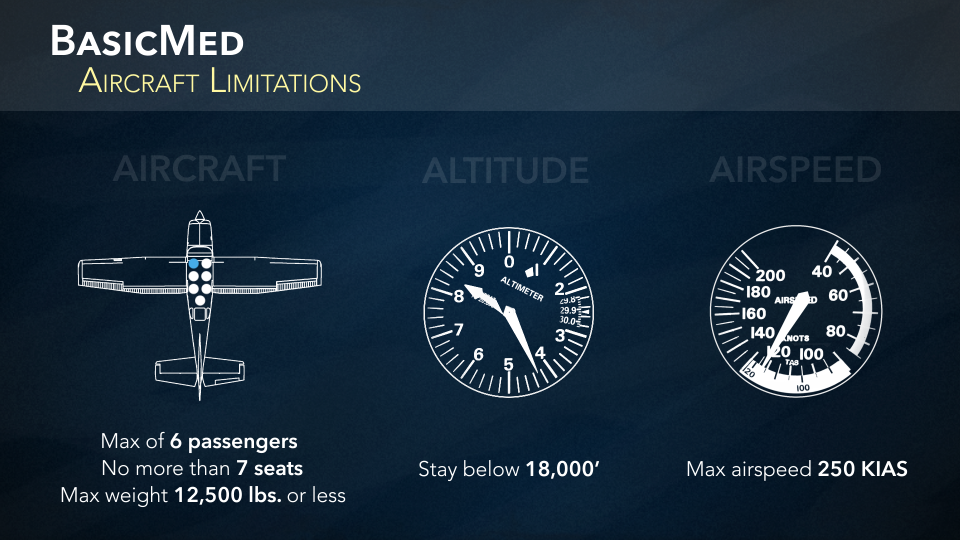Saturday morning's most interesting reads, with five can't-miss posts every week. Exclusive articles, new videos, interactive quizzes, and special aviation events–it's your weekly connection to what's happening in general aviation. Sign up for the weekly Fast Five email here.
1. Why Crash Videos and Social Media Don’t Mix.
We all speculate in private on crashes since we have a natural tendency to try to understand tragedy after it unfolds. But when we speak publicly on social media or even to our friends and family at home, we become ambassadors for aviation. And as ambassadors, I firmly believe we need to steer these conversations toward supporting our fellow pilots who were involved in the incident as well as understanding how we can prevent it from happening again.
Learn More>>
2. Mastering Stalls: How to Recognize, Prevent, and Recover Safely.
The recovery procedure is the same as for all stalls. Reduce the angle of attack, add full power, and maintain directional control using coordinated rudder and aileron pressures. As you might expect, recovery from the full stall will require a lower pitch attitude to avoid the secondary stall and the altitude loss will be greater. As speed increases, retract the flaps- be sure that you have reached the best rate of climb speed before the final flap retraction.
Read More>>
3. Keep Your iPad Airworthy: Annual Care Tips Every Pilot Should Know.
Similar to the routine of having your airplane undergo an annual inspection, we recommend that you take the time to review the following items once a year to keep your iPad, apps and accessories performing at their best.
Read More>>
4. Tailwheel Pilots’ Guide to Smooth Grass Landings.
The rugged design of a tailwheel airplane and its extra prop clearance opens up the opportunity to land at a wide variety of off-airport locations with soft surfaces, like sand, gravel bars, grass and even mud. A modified soft-field approach and landing technique should be used when operating in these conditions, which allows the wheels to touchdown at the slowest possible airspeed with the wings supporting the weight of the airplane as long as possible.
Watch Now>>
5. Final Thoughts on the Base to Final Turn.
The takeaway is confirmation of earlier results: in base to final accidents, only about half are stall/spin, and the other half are botched steep turn/spirals. And just like a VFR into IMC spiral is low AOA, ball centered, a botched base to final turn can be low AOA, ball centered.
Read More>>









